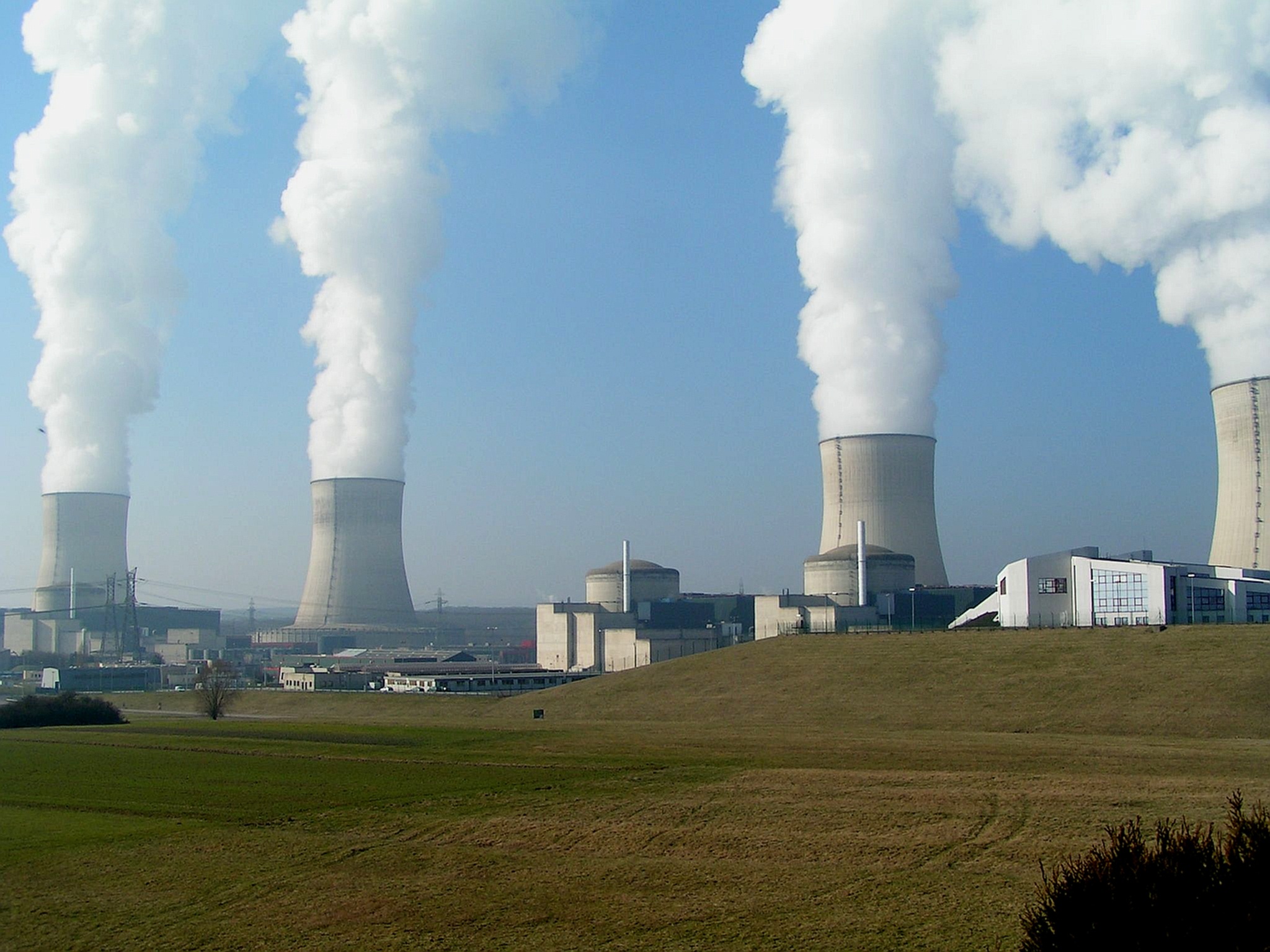Nuclear energy is often described as the roaring engine of civilization—an inexhaustible, yet meticulously calculated force propelling humanity towards a more efficient and technologically advanced future. Understanding how this formidable energy source is measured is akin to deciphering the language of the universe itself; it is a complex interplay of physics, engineering, and quantifiable metrics that shape the discourse surrounding nuclear technology. This elucidation will traverse the dimensions of nuclear energy measurement, encompassing units of energy, methods of quantification, and the intricacies of critical safety evaluations.
At the core of measuring nuclear energy lies the fundamental unit of energy itself: the joule. However, in the realm of nuclear physics, we delve deeper into specialized units that encapsulate the unique characteristics of nuclear reactions. The most prominent among these is the electron volt (eV), a unit representing the energy gained by an electron when it is accelerated through a potential difference of one volt. At the macroscopic level, the energy released from nuclear fission is often expressed in megawatt-hours (MWh), a measure quantifying the amount of energy produced over a specific duration. This biochemical ballet transforms into a theatrical performance when we assert that one kilogram of uranium-235 can release energy equivalent to that from nearly three million kilograms of coal, showcasing the ineffable efficiency of nuclear energy.
Moving beyond mere numerical representations, the mechanisms of quantifying nuclear energy rely heavily on intricate processes such as fission and fusion. Fission, the splitting of atomic nuclei, occurs in nuclear reactors where sustained reactions are calorimetrically monitored using sophisticated instrumentation. These systems meticulously calculate the thermal energy generated and are often referred to as heat generation measurements, which are crucial for determining overall energy output. In contrast, nuclear fusion, the merging of atomic nuclei, embodies the potentially boundless future of energy production, with current experimental reactors measuring energy output not just in joules but also through the assessment of plasma confinement times and temperatures.
The intricacies of measuring nuclear energy extend to radiological assessments, which play an essential role in evaluating the safety and efficiency of nuclear systems. Instrumentation such as scintillation counters, Geiger-Müller detectors, and dosimeters are deployed to chart the levels of radiation emanating from nuclear reactions. These devices serve as metaphorical sentinels, watching over the highly energetic landscape, ensuring that the delicate balance of energy production and safety is maintained. The units of measurement in radiation—grays and sieverts—provide an indication of the absorbed dose of radiation and its biological effect on living organisms, respectively. Understanding these measures is pivotal, as they govern the protocols that secure the safety of personnel and the environment around nuclear facilities.
Notably, one cannot disregard the integral role of performance metrics in the nuclear sector. Key Performance Indicators (KPIs), such as capacity factor and thermal efficiency, elucidate the operational efficiency of nuclear power plants. The capacity factor—a gauge of actual output against potential output—offers insights into a plant’s reliability and operational efficacy. High capacity factors, often exceeding 90%, imply that these plants are operating at near-optimal levels, a testament to both the cutting-edge technology employed and the rigorous safety protocols in place. Similarly, thermal efficiency metrics, indicating how effectively a plant converts heat energy into electrical energy, provide a critical evaluation lens through which operational excellence can be gauged.
Moreover, the measurement of nuclear energy transcends its generation; it intertwines with the assessment of the nuclear fuel cycle, which encompasses fuel production, usage, and waste management. Understanding the energy outputs during each phase of the fuel cycle is paramount in crafting policy frameworks and sustainability strategies. This trajectory demands a multifaceted approach, employing lifecycle analyses and sustainability measures to quantify environmental impacts, resource allocation, and waste generation. Here, the concept of ’embodied energy’ comes into play, measuring the total energy expended throughout the lifecycle of nuclear fuel from mining to final disposal, thereby offering a holistic view of energy efficiency and sustainability.
The unique allure of nuclear energy measurement is further accentuated when contemplating its historical context and future implications. As society transitions from fossil-fuel dependency to alternative energy sources, measuring the effectiveness of nuclear energy becomes critical. It is not merely about quantifying energy output but also about evaluating transparency, public perception, and regulatory compliance. The age-old dilemma of balancing energy production with environmental stewardship has never been so prevalent, invoking rigorous discourse among scientists, policymakers, and communities.
In conclusion, the art and science of measuring nuclear energy encapsulate a myriad of facets, from fundamental units of energy quantification to complex interactions among radiological hazards and operational efficiencies. Each metric serves as a cog in the broader machinery that is nuclear energy, driving not only some of the world’s most powerful sources of energy but also illuminating the path toward a sustainable future. As we navigate through the complexities of our modern world, a nuanced understanding of how nuclear energy is measured becomes indispensable—not just for the here and now, but for generations yet to come.












